What roofing material is better? The first question that comes to mind is the person who is responsible for the construction or repair of a roof. Looking through the proposals, viewing advertising materials for the device roof, very often you can find information that roll materials-the last century.
Far from it. Roll roofing materials not only firmly hold the old position, but improved, improve their quality. They are widely used in modern construction. For the device of a flat roof such materials, perhaps, the only solution.

In addition, they can be used not only for the device roofs of any configuration. It is worth to get acquainted with the roll materials closer.
Types of roll materials
Slate, whatever you say, is just slate. In contrast to the roofing materials with a rather narrow specialization, roll, first, in addition to the final coating of the roof, can be used as waterproofing (for example, foundations and basements).
And secondly, the roll materials for the roof include all steam, wind and waterproofing construction membranes used in roofing pie and the device of ventilated facades.
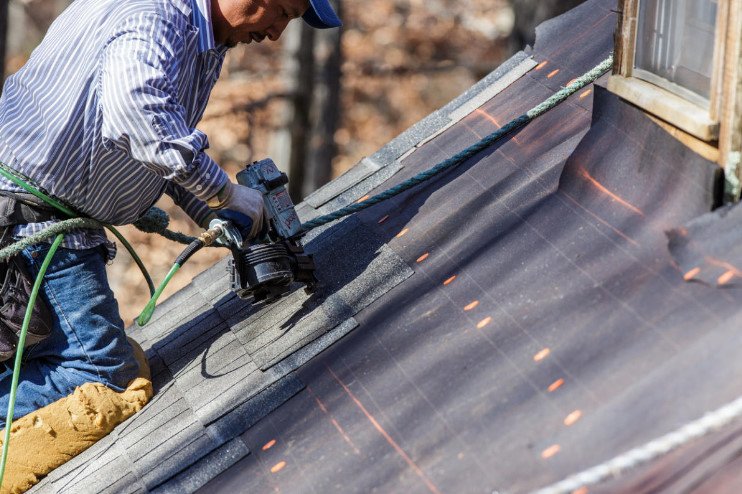
Roll materials, regardless of their purpose, application or material used, are divided into two types:
- fused or glued. Glued to the base during installation, for example, using bitumen mastic.
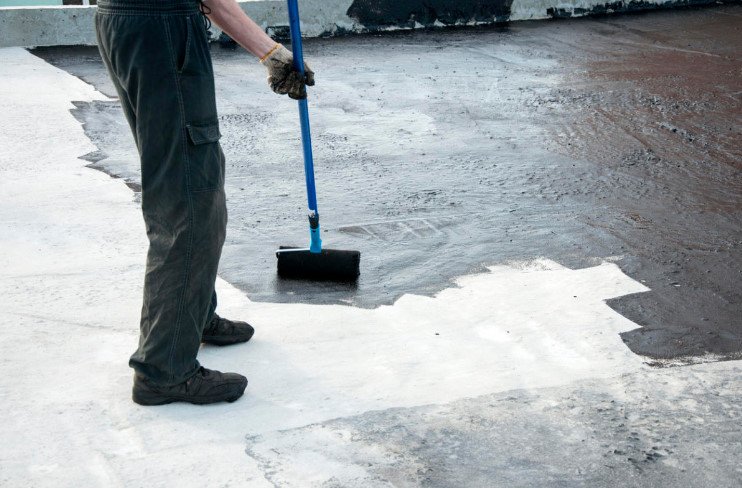
- membranous. They are mechanically attached and are either vapor permeable (i.e.” breathe”), or an air gap for ventilation is left during installation.
Bituminous roll materials: traditional and modern
Traditionally, roll materials are impregnated with bitumen or tar: roofing felt, roofing material, Pergamin.
- Ruberoid
The word “ruberoid “is formed by Latin and Greek roots, and if you translate literally, you get “like rubber”. It is made from cardboard impregnated with low-melting petroleum bitumen. On both sides of the canvas is applied a coating layer of refractory bitumen.
Then, sprinkles are applied, for example, from sand: this increases the mechanical strength of the coating and prevents the material from sticking in the roll.
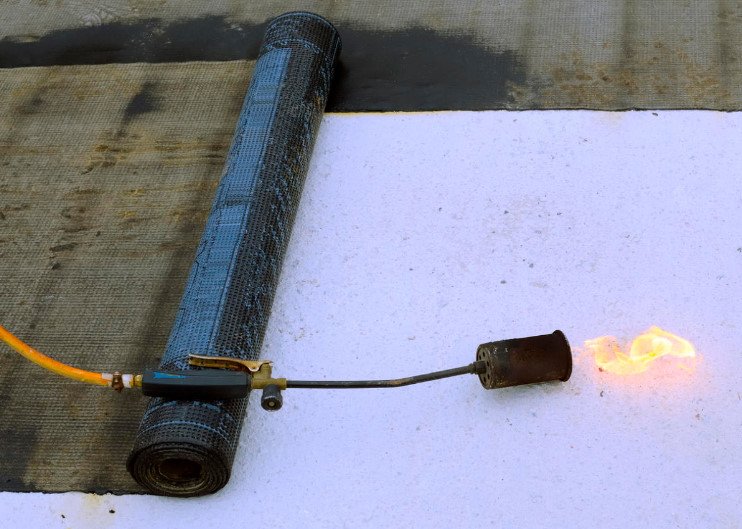
Roofing material can be used as a separate roofing or as a lining carpet when the device is deposited or soft roof. Different material and type of sprinkling (coarse, fine-grained, dusty, scales), as well as elasticity and resistance to fading in the sun. Depending on the method of installation, the roofing material can be both fused and membrane.
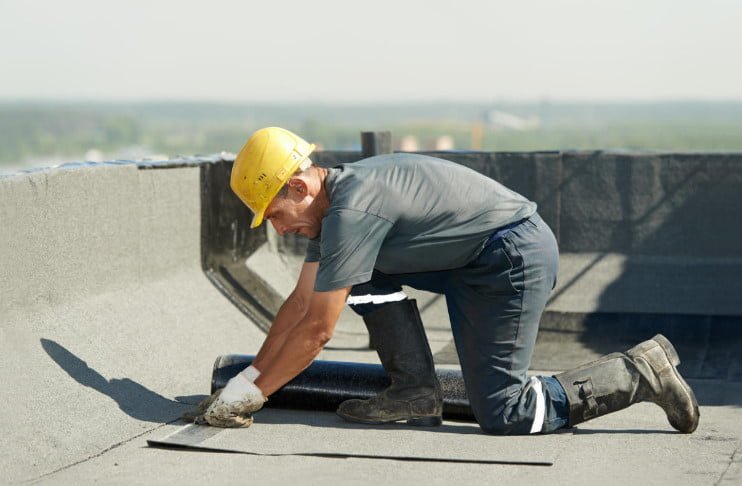
- Glassine
In contrast to the roofing material Pergamin is bloodless. It is a cardboard impregnated with bitumen in one layer and without sprinkling. Pergamin is used as the lower layer of the roof carpet and as a vapor barrier.
- Roofing
This material is similar to Pergamin, only as impregnation coal tar was used. Now almost not produced and is not used due to the fact that tar is a carcinogen.
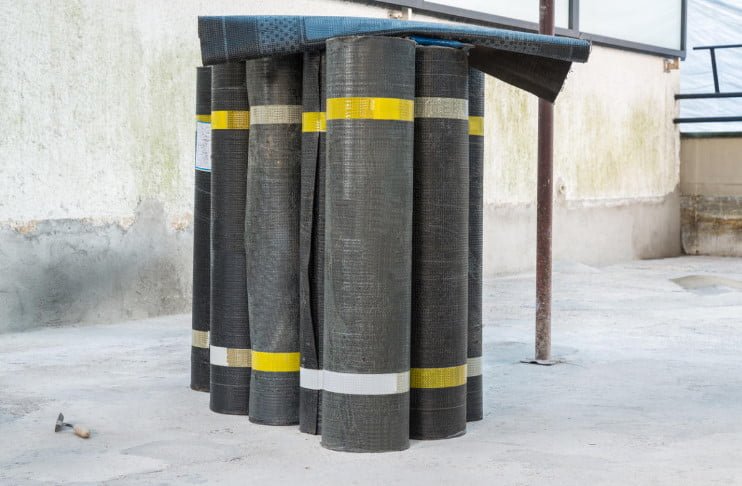
In modern rolled bituminous materials, cardboard, which eventually collapses, was replaced with glass-fiber, glass-half or synthetic fabric. The composition of bitumen added polymers that improve the properties of the material.
Decorative sprinkles are available in various colors. It can be applied in the form of a pattern of tiles. From a long distance, such a roll flat coating seems to be volumetric.
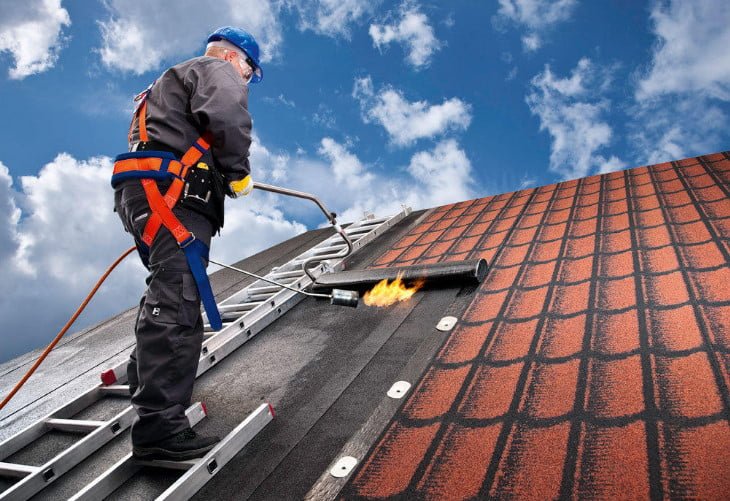
Depending on the design of the roof roofing material and other surfaced materials are placed in several layers glued together (from two to five). Thus, a high degree of wear resistance and waterproofing is achieved.
In addition to materials based on bitumen, polymer membranes have appeared and become increasingly popular.
Polymer membranes for roofing
A new word in the device of the roll roof — polymer waterproofing membranes. In contrast to the deposited bituminous materials polymer film is not glued to the base. Individual membrane sheets are welded together at the seams, forming a solid solid coating.
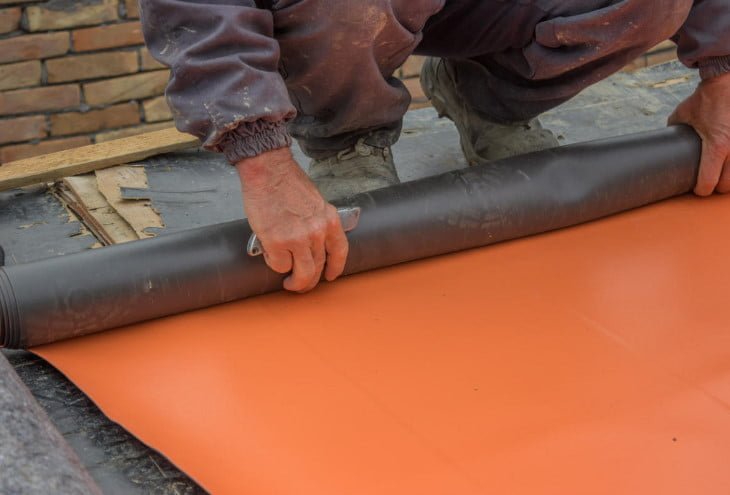
Membrane roof can be used on roofs of different configurations. However, it is most convenient to make flat roofs and roofs of complex configuration, including dome structures. Polymer membrane — the ideal solution for the device inverted roofing (flat roofs covered resistant to physical impact and abrasion materials).
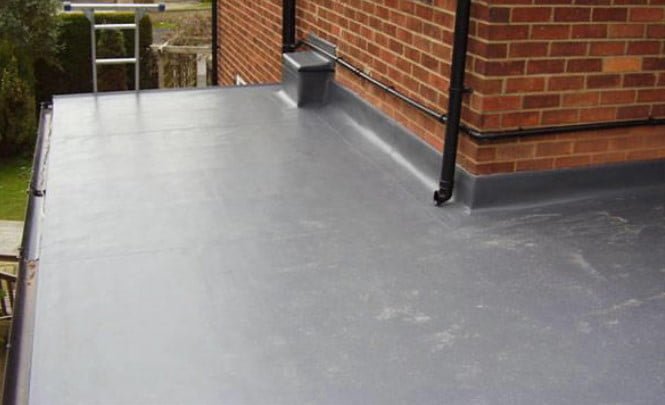
Membrane installation is carried out in two ways:
- mechanical-using dowels-fungi in the seams of the web;
- ballast — to fabric is not blown away, after welding the seams it trample across the surface of the roof. For example, a layer of gravel or laying paving slabs, if the roof is exploited.
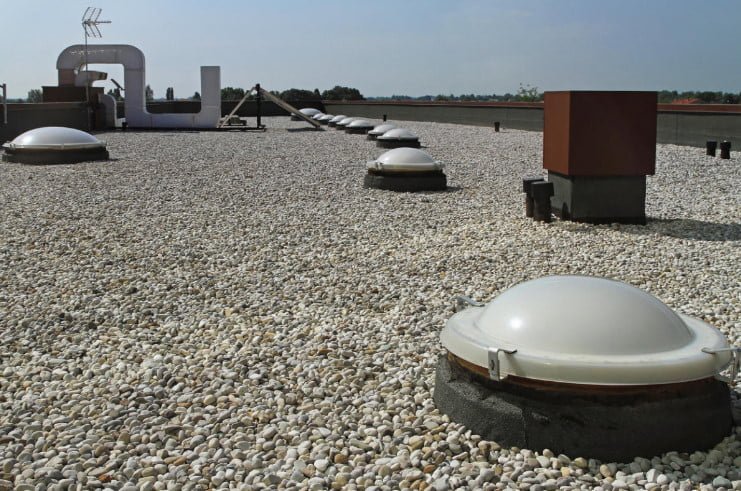
The polymer film can be used not only as a membrane, but also as an adhesive material. This method of installation is used on complex domed roofs.
The advantage of polymer membrane roofs before surfacing, in addition to the service life and reliability of waterproofing coating — in the speed of installation and the absence of open fire during the work. The seam is welded with hot air, which can be done with the help of a conventional construction Hairdryer.
When choosing a material for the roof, do not look down on the rolled roofing materials. Choose consciously, taking into account their requirements and specifications, and not to the neighbor suffered from envy.
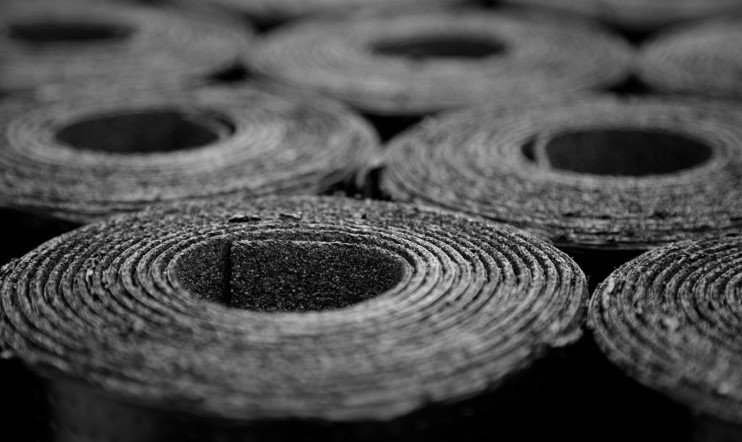


















I think this belongs to waterproofing. Which type of method is good in waterproofing?